
- Email yeldocollegesmd@gmail.com
- CALL +91 98468 77776 +91 98461 10506

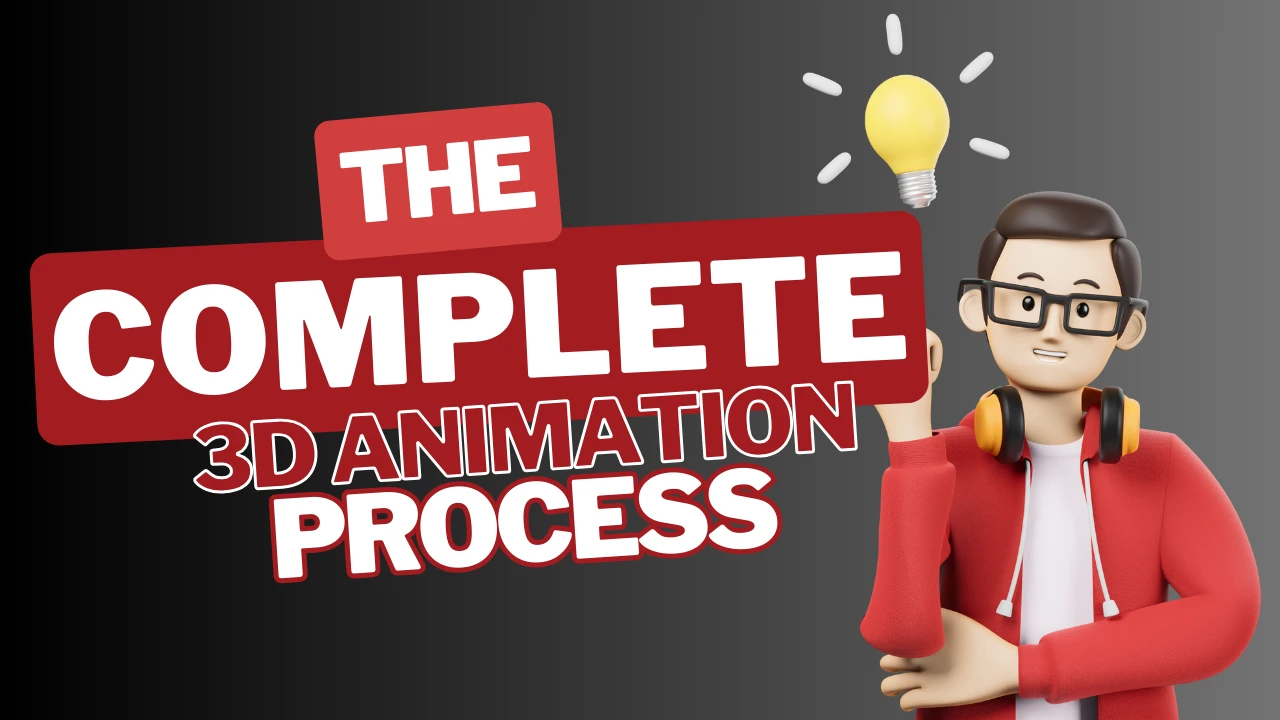
3D animation is a blend of creativity and technology, where ideas evolve into moving stories through a detailed production process. This is not just an animation skill and creative animation minds but good animation tools and superior type of hardware, which forms so much part of the industry.
The sequence of steps that guide this transformation is called the animation pipeline. As any organized process, it makes teams manage time and budgets, and the tasks, therefore, effectively. In digital animation, the pipeline is divided into three main stages: Pre-Production, Production, and Post-Production. The production process ensure efficiency in the animation process as all the stages are adhered to so that the final product is within the technical and creative requirements.
The pre-production stage is where the project begins to take shape. The design team is concerned about making the concept, images, and story, whereas the management team designs the resource, timeline and cost.
Idea Generation – A strong concept is the backbone of any animation. It must be unique though familiar with a clear-cut view of the target audience.
Story Creation – This step defines the world, characters, and story arc. The story could be drawn in text, graphics or a combination of all.
Script Writing – From the first draft to the detailed technical script, the writing stage ensures every element—characters, settings, plot—is well defined. Large production houses such as Pixar take months to perfect the scripts.
Storyboarding – Visualizing the script through a sequence of still images, with captions for camera angles and key actions, helps minimize risks later in production.
Animatic – Turning the storyboard into a timed sequence with simple movement and sound offers a clearer preview of the story’s flow.
Concept Art -The last part on the appearance and feel of the characters, props and settings are completed by the artists and in most cases several designs are created before the most suitable is settled on.
This stage serves as the animation blueprint, giving the team a clear vision before moving into production.
The production stage is where the project comes alive. Artists, modelers, and animators work together to build, texture, and animate every scene using tools like Autodesk Maya, Blender, and Z-Brush.
3D Layout – Translating the animatic into a 3D space, deciding camera placement and scene composition.
3D Modeling – Building characters, props, and environments out of polygons, with attention to realistic detail.
3D Texturing – Applying 2D textures to give models color, material properties, and fine surface details.
3D Rigging – Adding a digital skeleton that allows animators to move characters naturally, followed by skinning for smooth motion.
3D Animation – Creating movements, gestures, and expressions to make characters feel alive.
Visual Effects (VFX) – Adding elements like smoke, rain, or explosions through CGI and other techniques.
Lighting – Designing lighting setups to set mood, time of day, and realism.
3D Rendering – Producing the final frames, layering backgrounds, shadows, and reflections for a polished result.
In post-production, the final touches are added before release.
Compositing – Combining rendered layers into the final image or sequence.
2D VFX – Enhancing scenes with additional effects like sparks or dust.
Music and Foley – Recording and syncing sound effects, dialogue, and background music.
Color Correction – Adjusting tones, contrast, and brightness for a consistent look.
Editing – Refining the timing of scenes and sequences for the best flow.
Final Output – Exporting the finished animation in formats suited for its release platform.
Creating a quality 3D animation is a collaborative effort that takes time, skill, and planning. The animation pipeline ensures every stage is efficient and up to industry standards. Whether for films, TV, games, or marketing, this structured approach delivers work that is both creative and technically sound.
For those aiming for a career in digital animation, starting with small projects helps in understanding the animation workflow. While self-study is possible, formal animation training from recognized institutions can provide professional guidance and access to industry tools, helping you build a strong portfolio for your animation career.
Start your animation journey with Yeldo Mar Baselios College’s 3D animation course in Kerala, offering expert guidance and hands-on training from concept to screen.
Tags: 3D ANIMATION COURSE IN KERALA
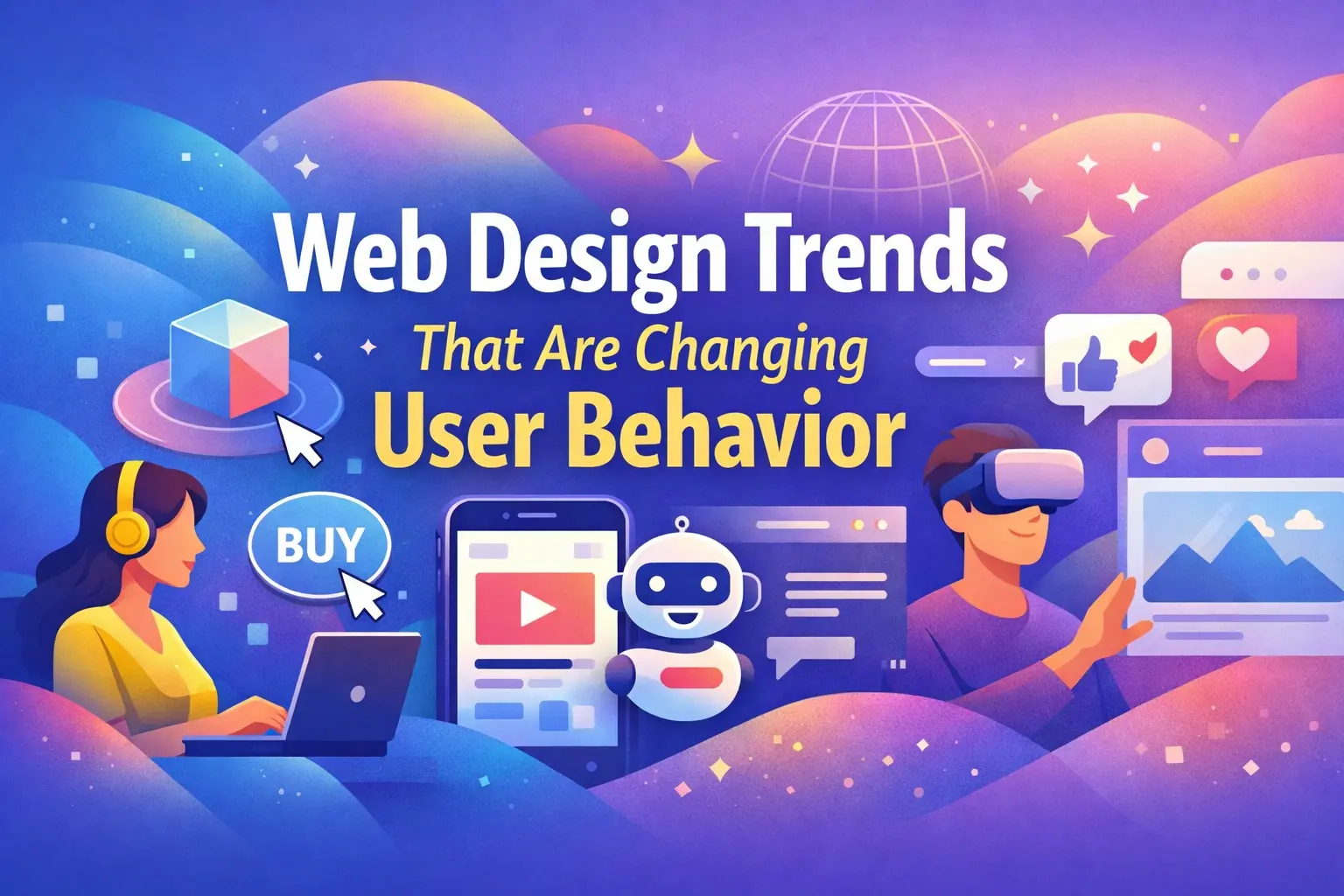
January 09, 2026
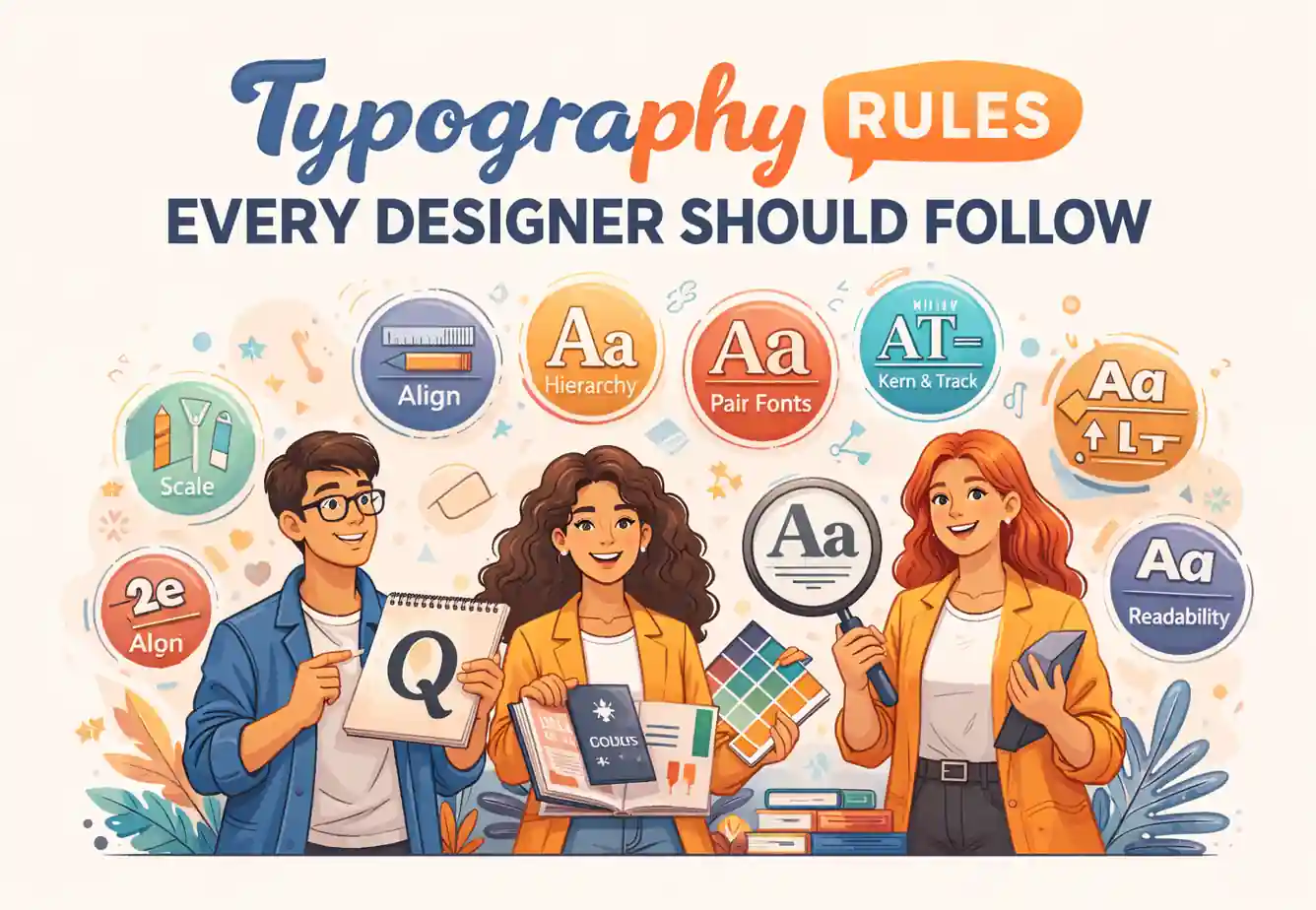
January 07, 2026
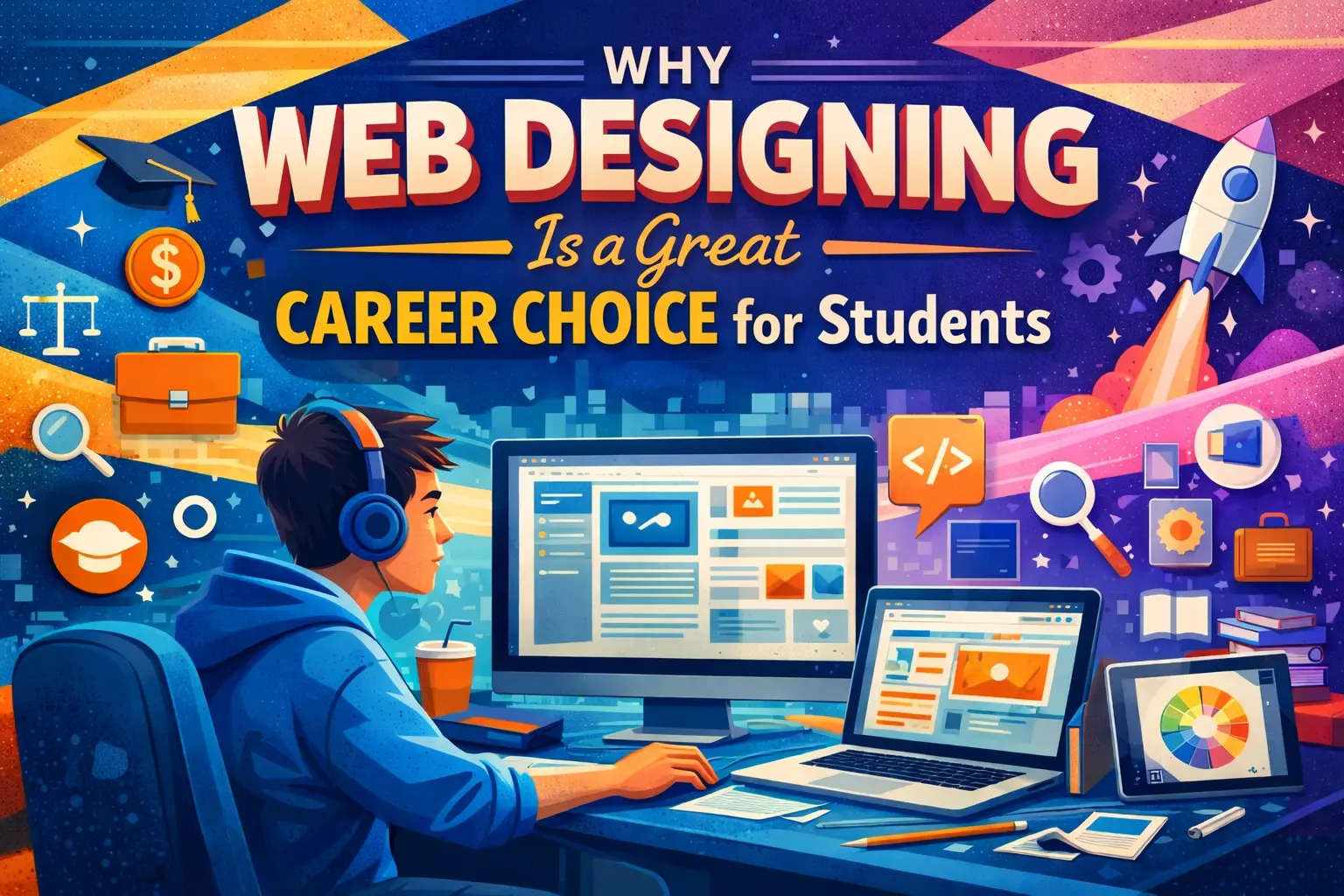
December 29, 2025
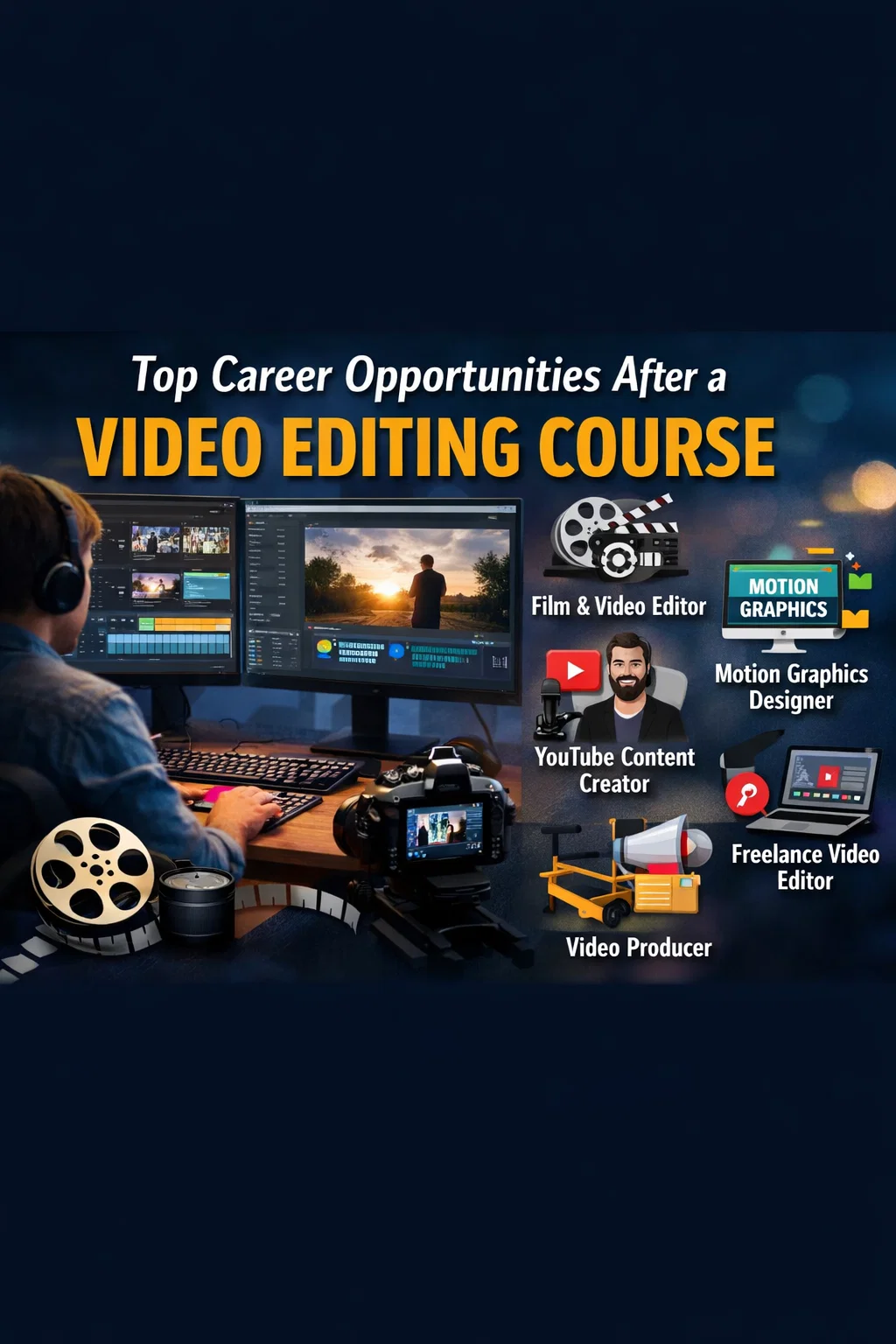
December 26, 2025
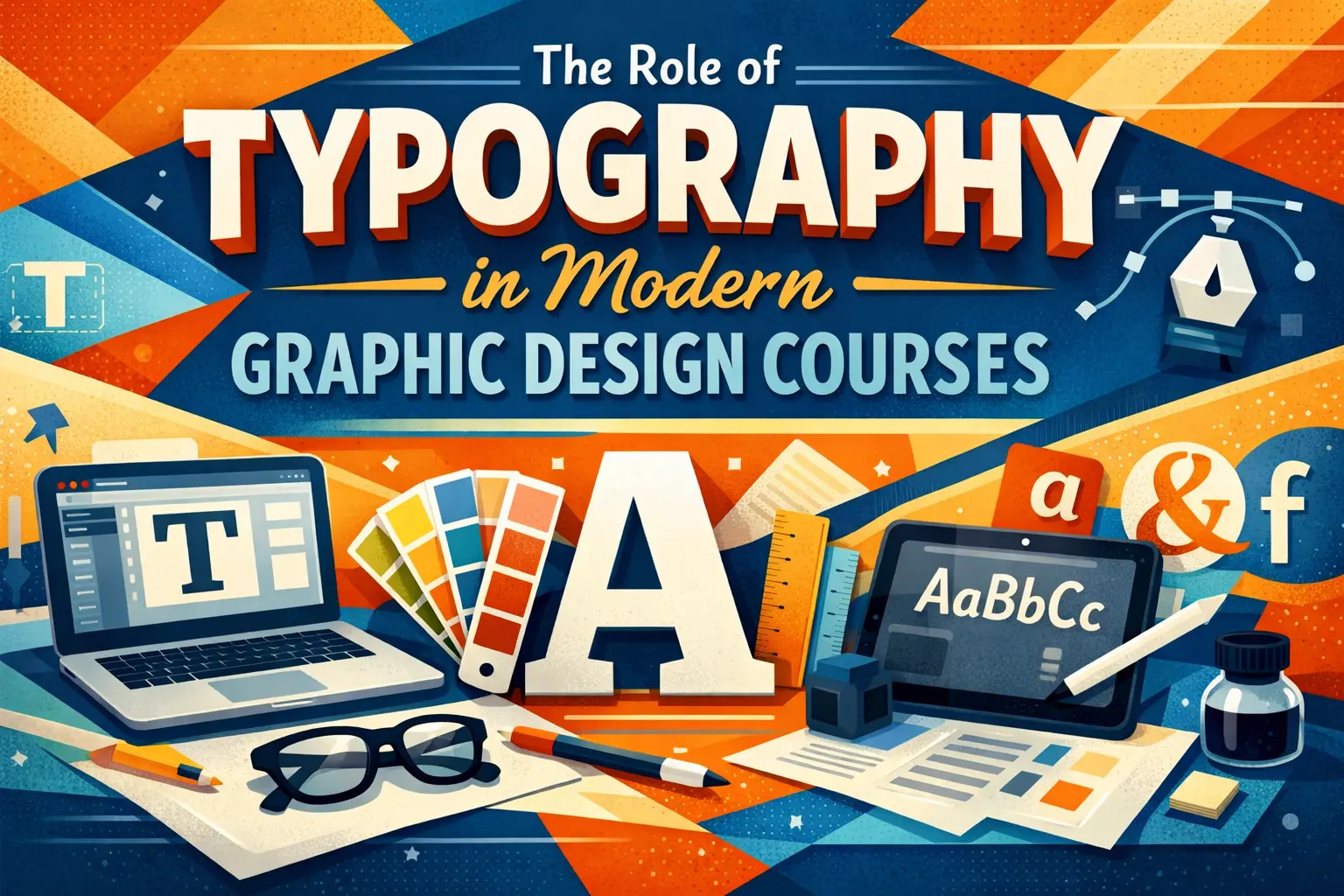
December 24, 2025

December 17, 2025
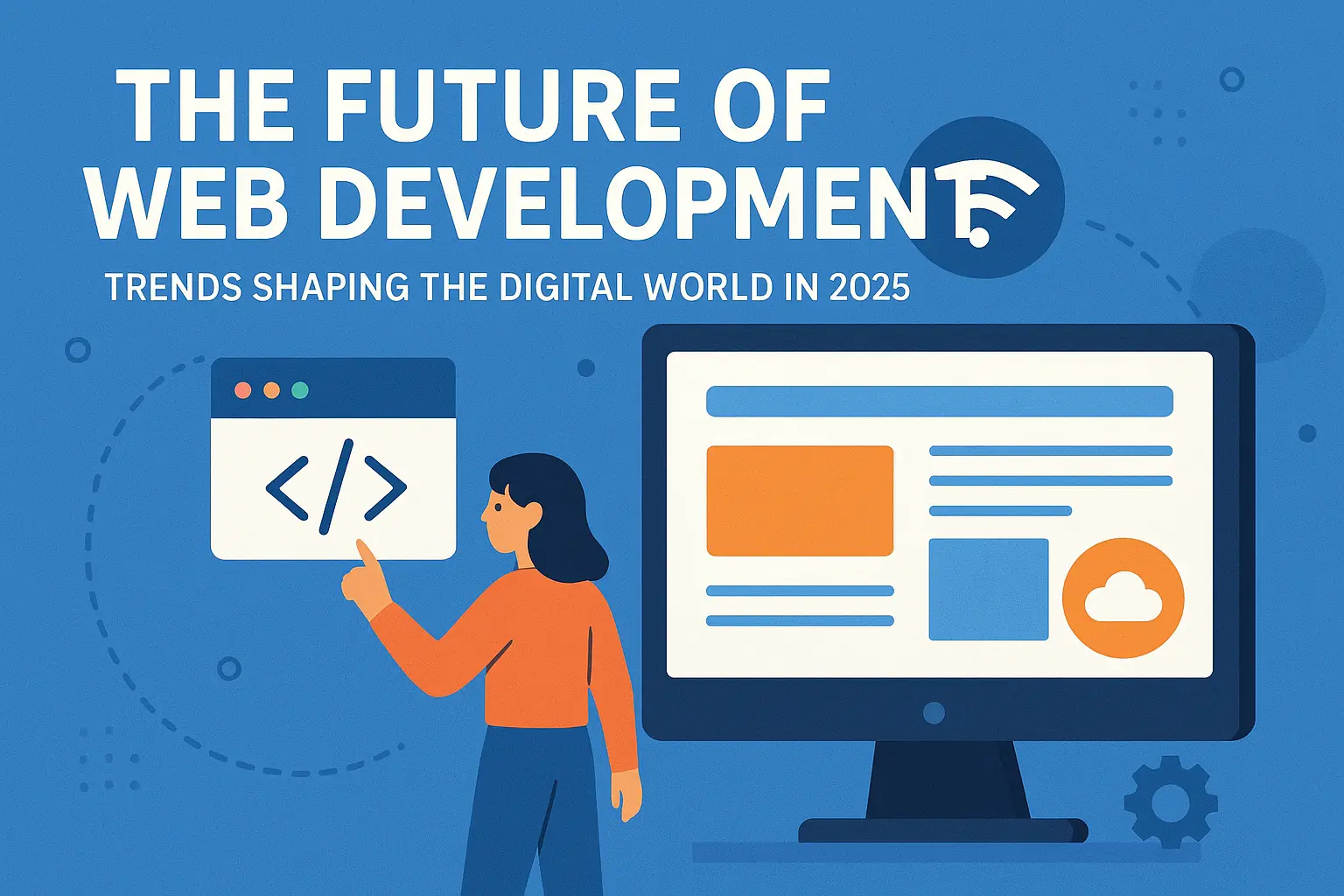
November 26, 2025
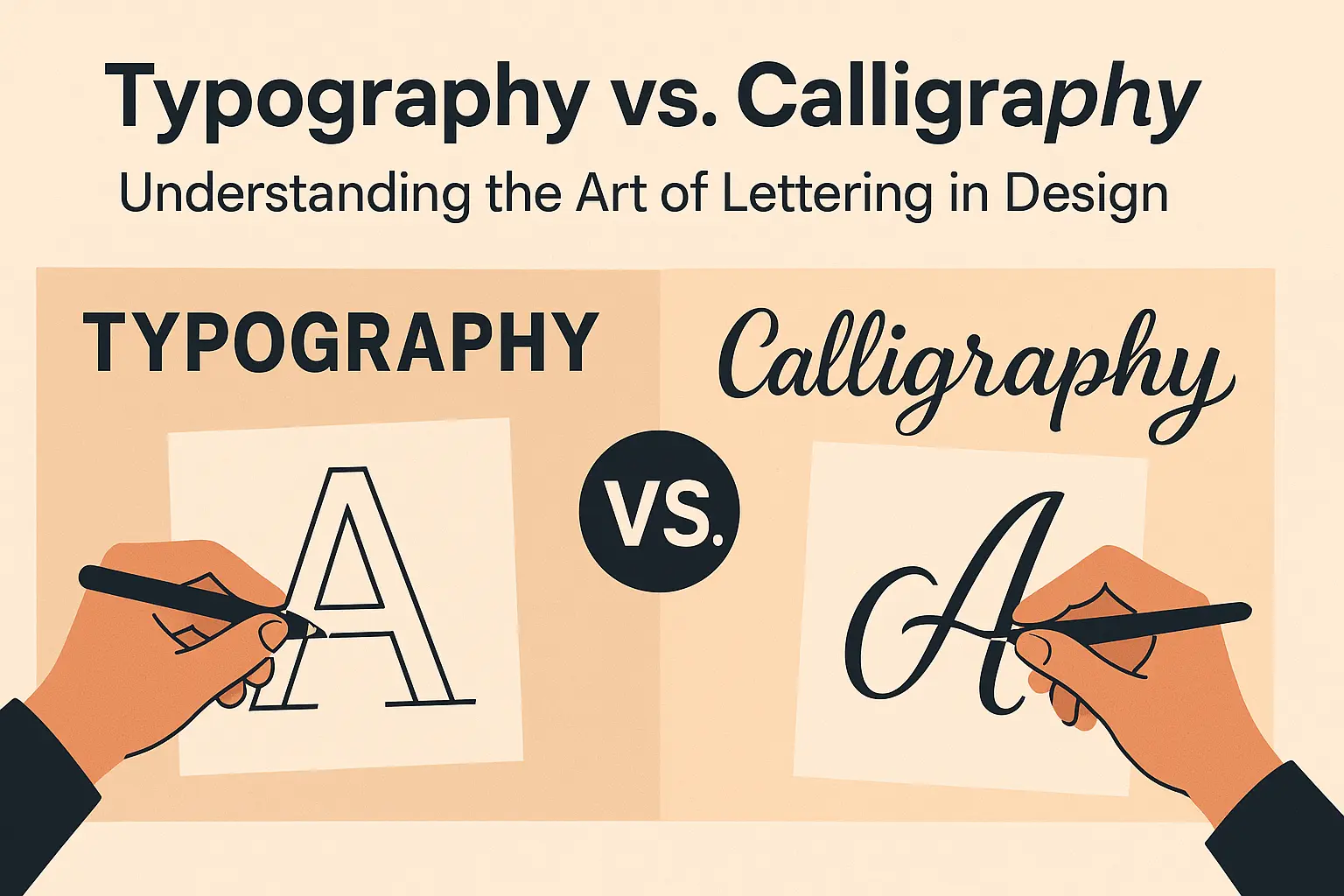
November 24, 2025
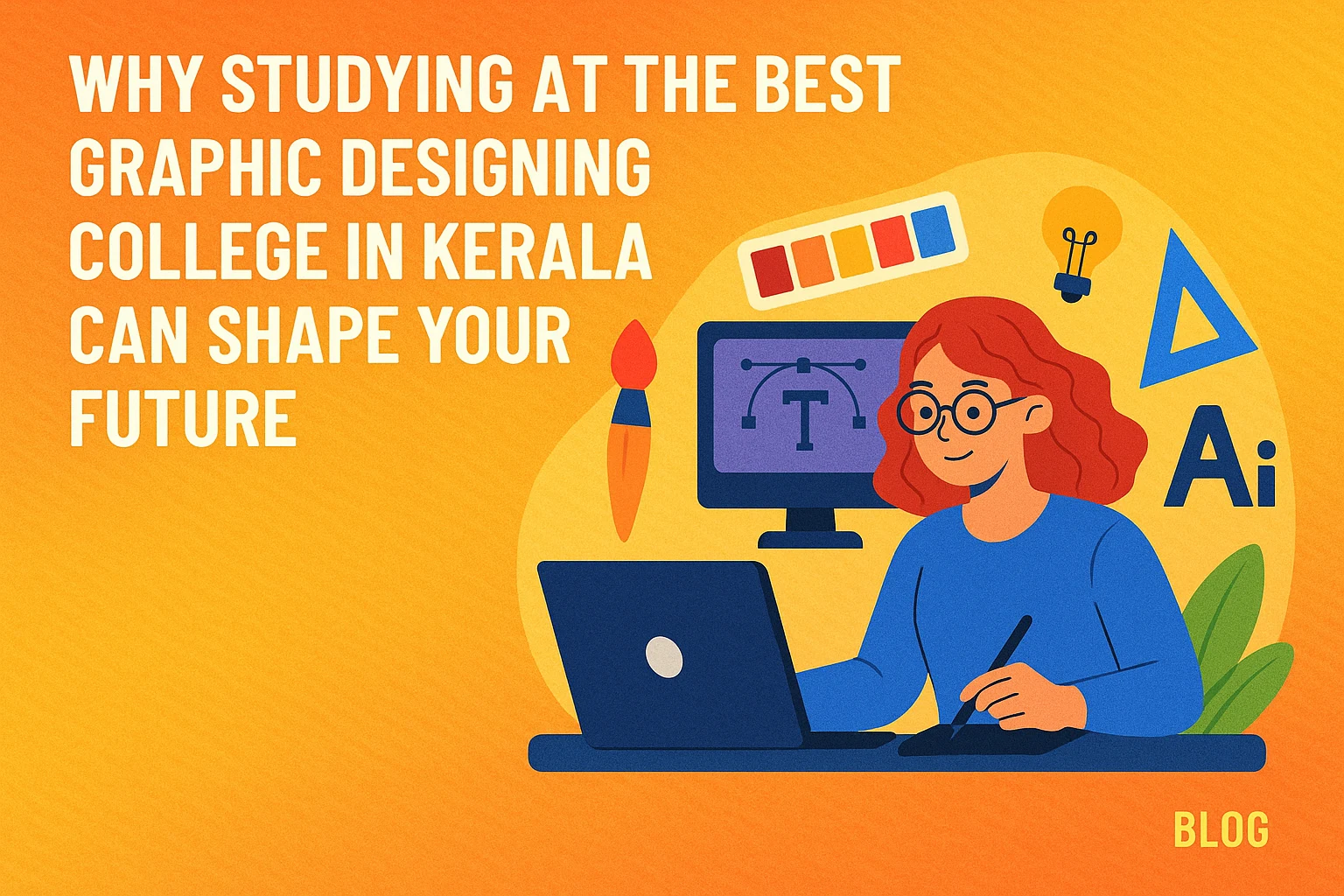
November 12, 2025
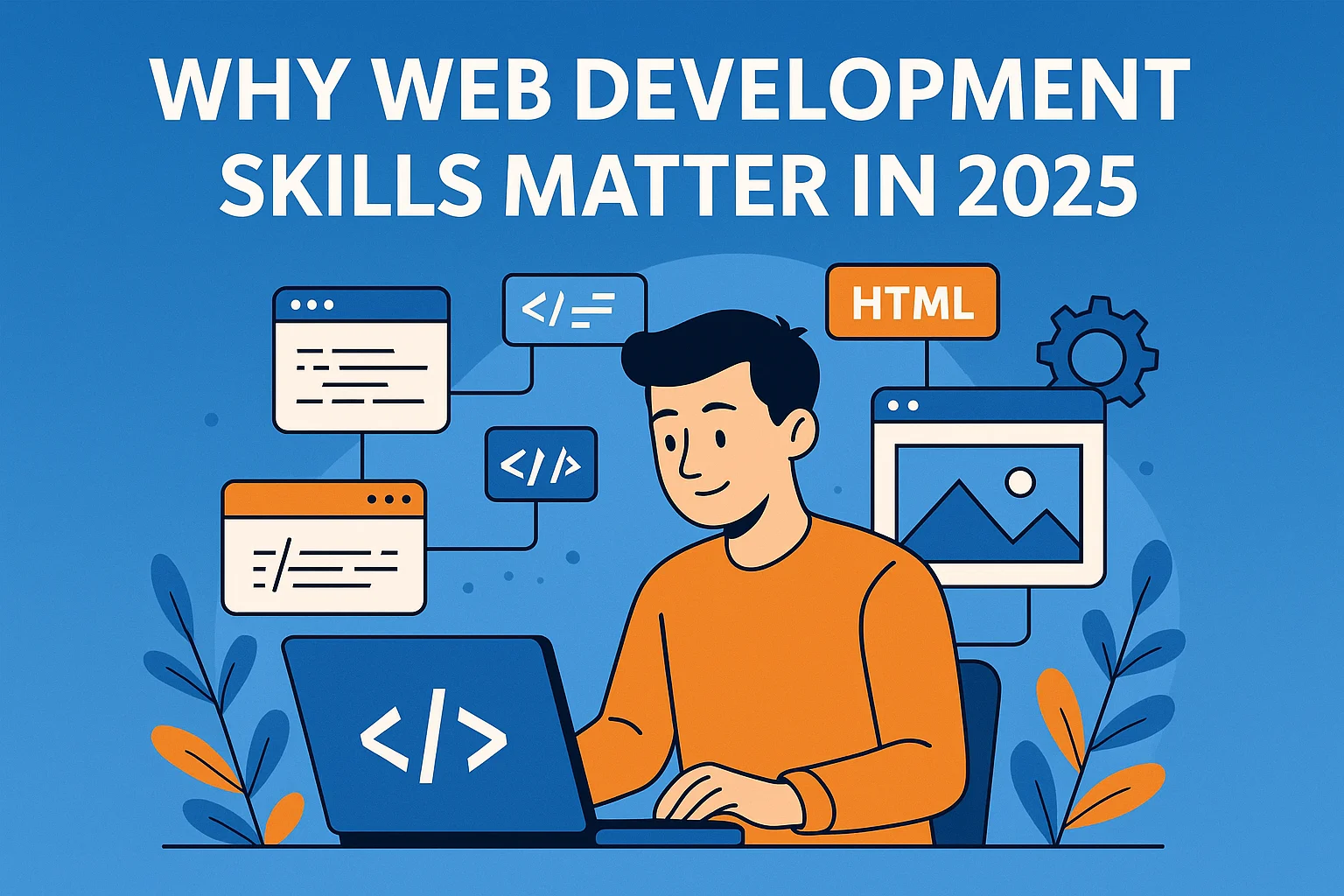
November 12, 2025
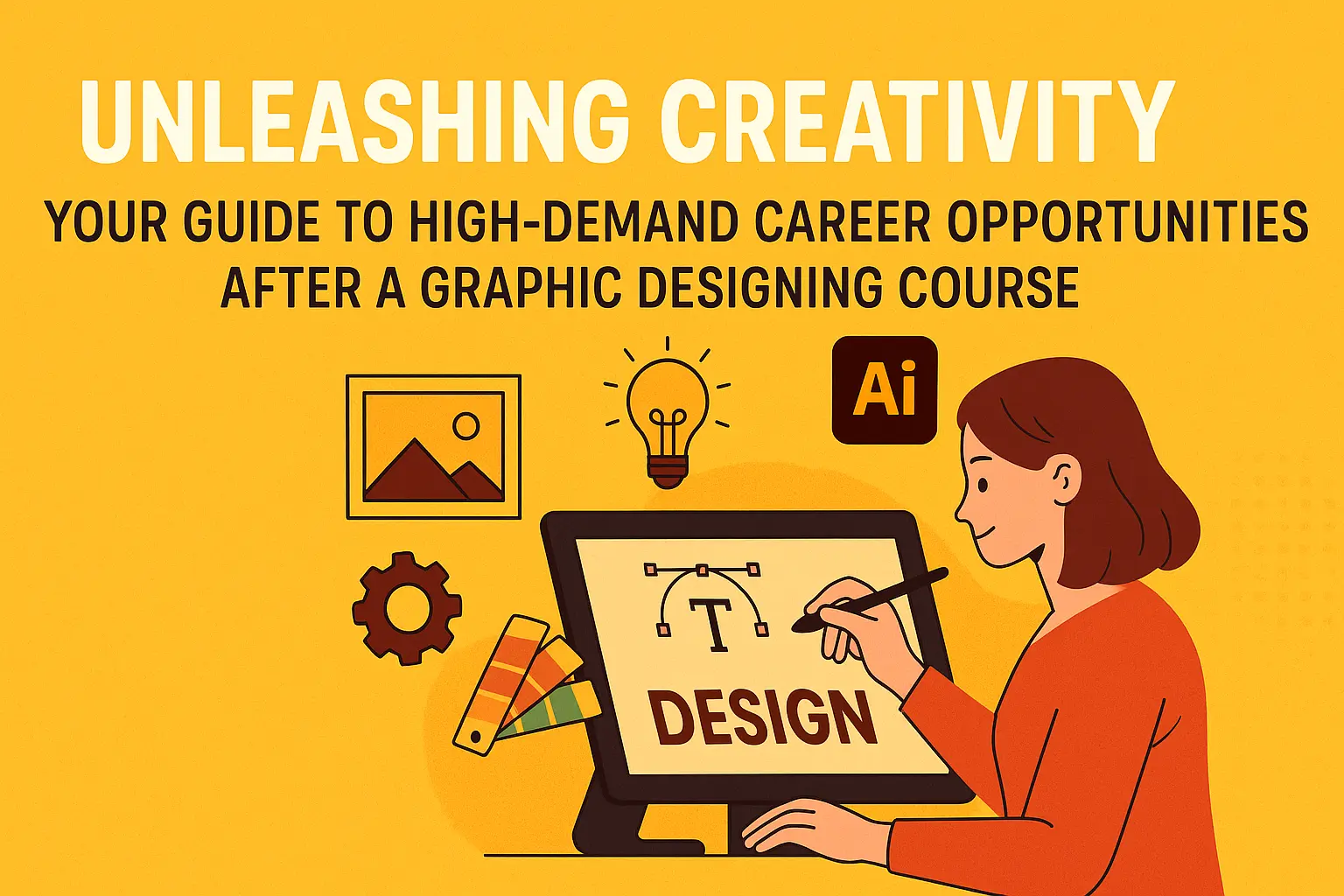
October 30, 2025
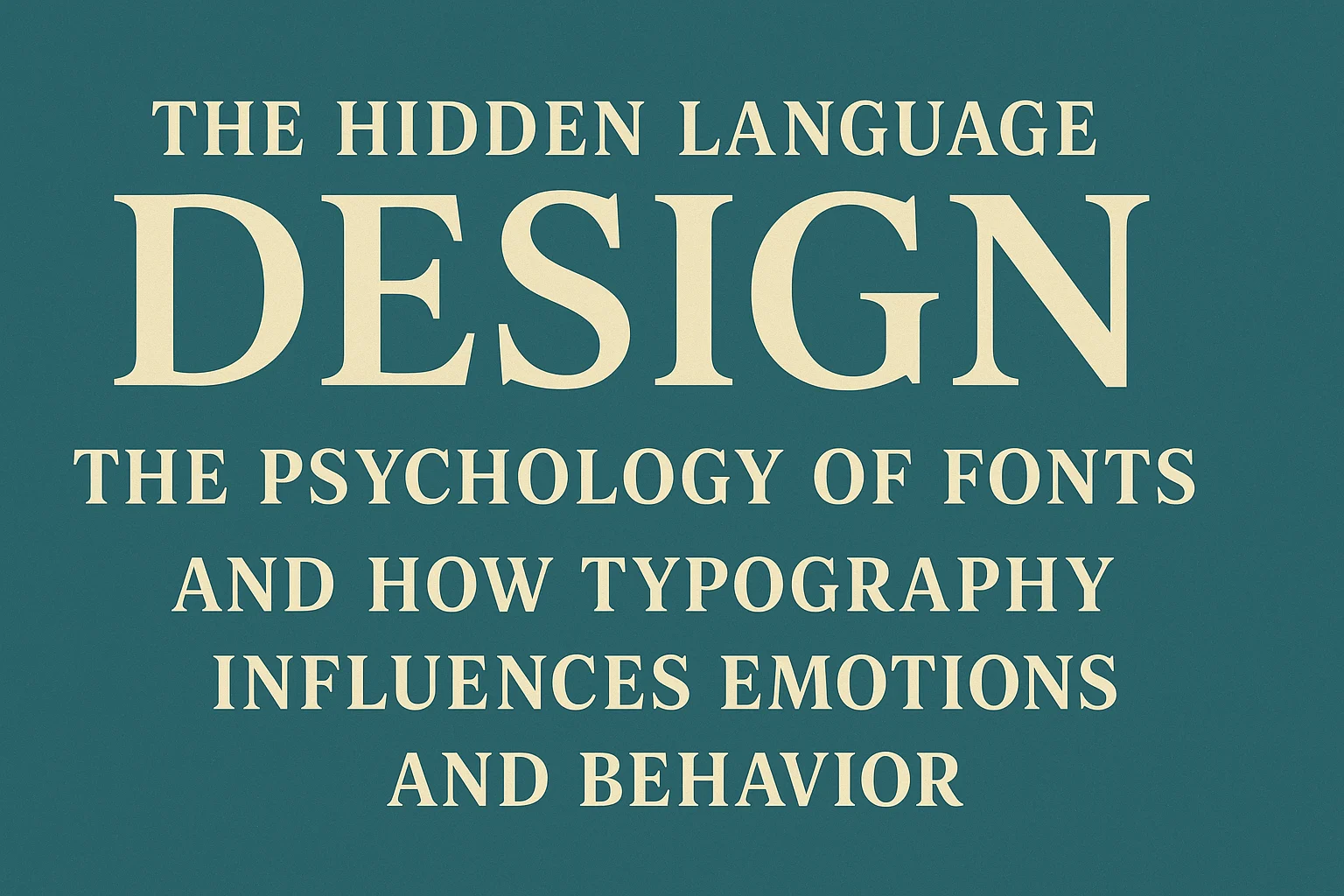
October 25, 2025
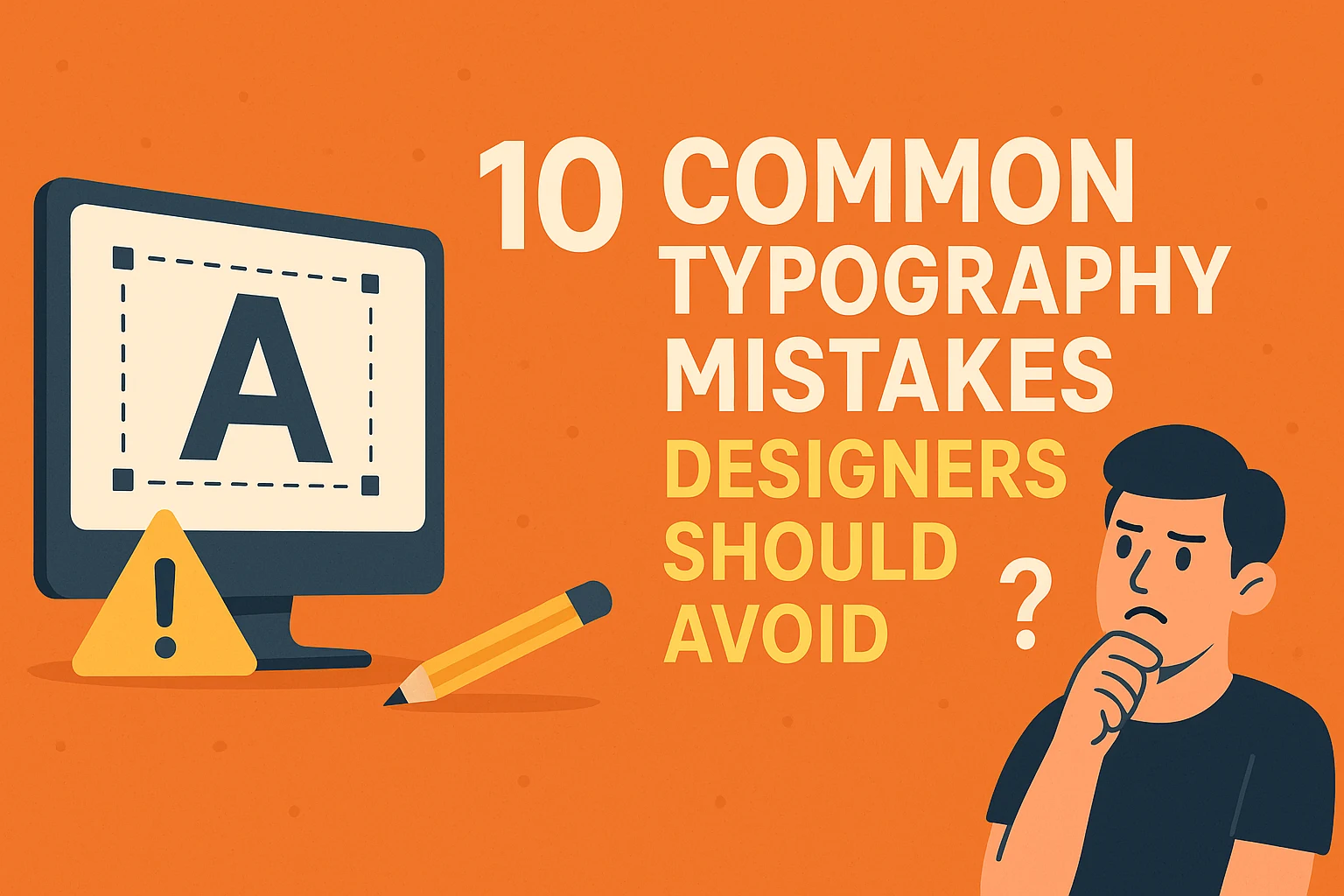
October 25, 2025
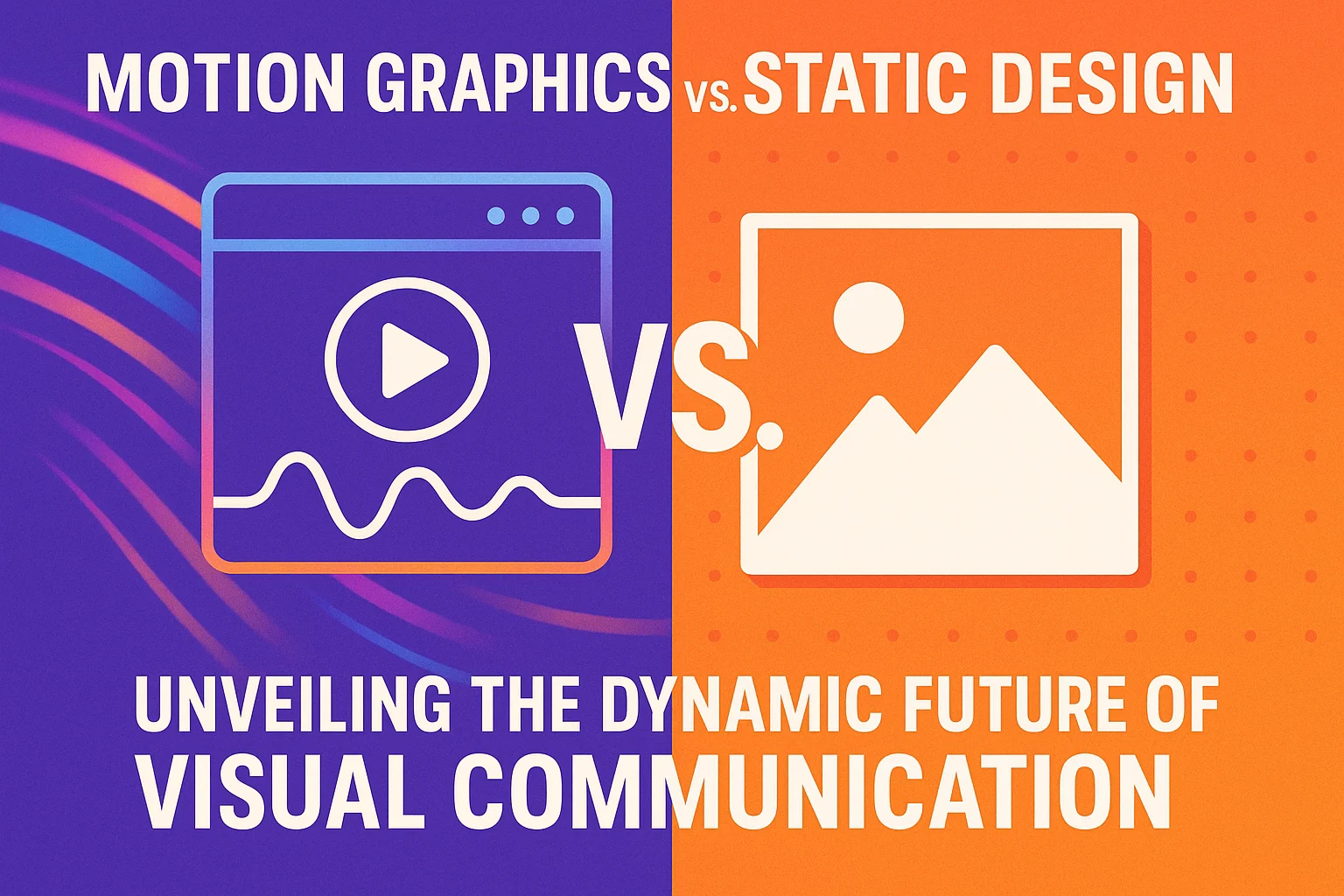
October 25, 2025
September 27, 2025
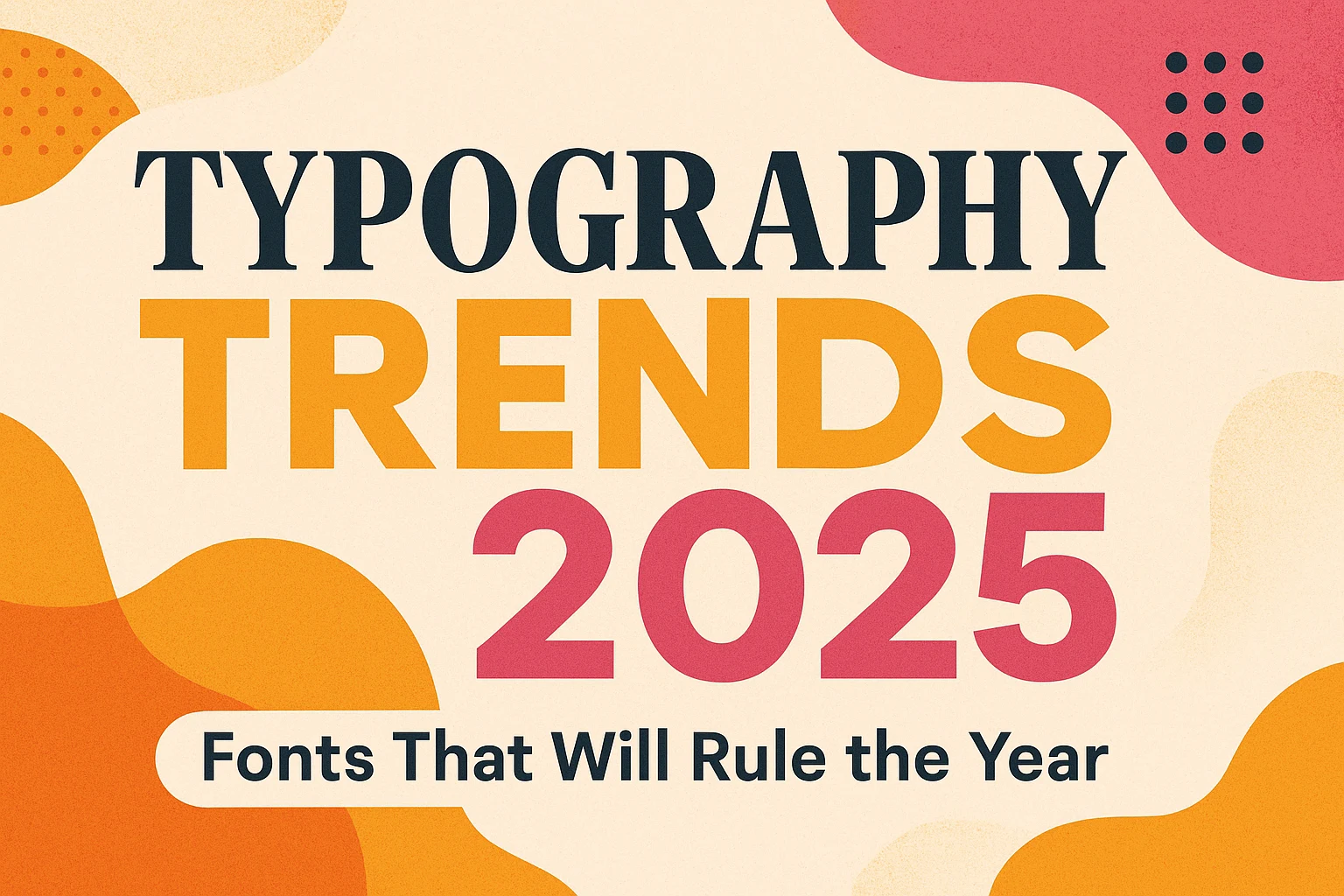
September 22, 2025
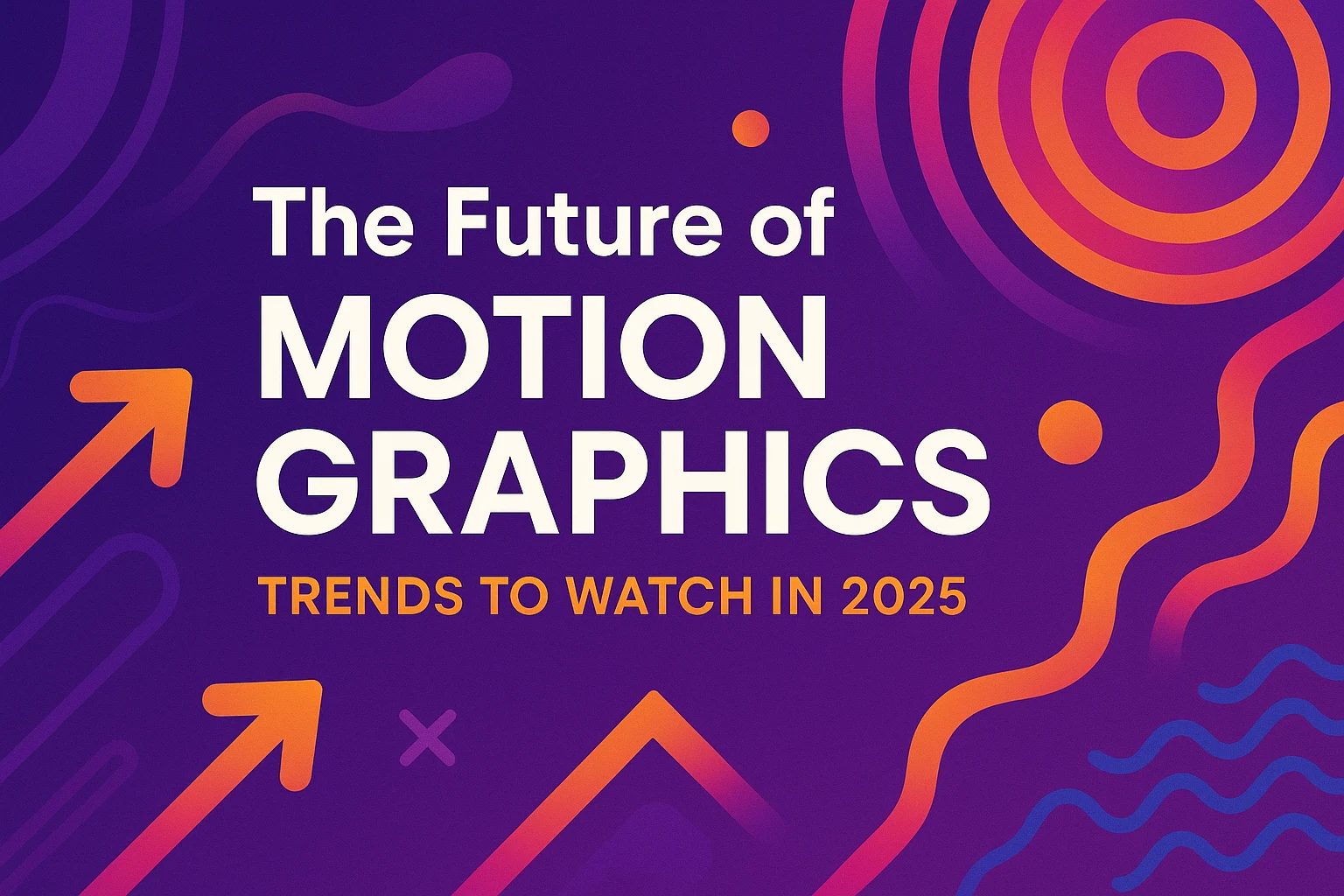
September 22, 2025
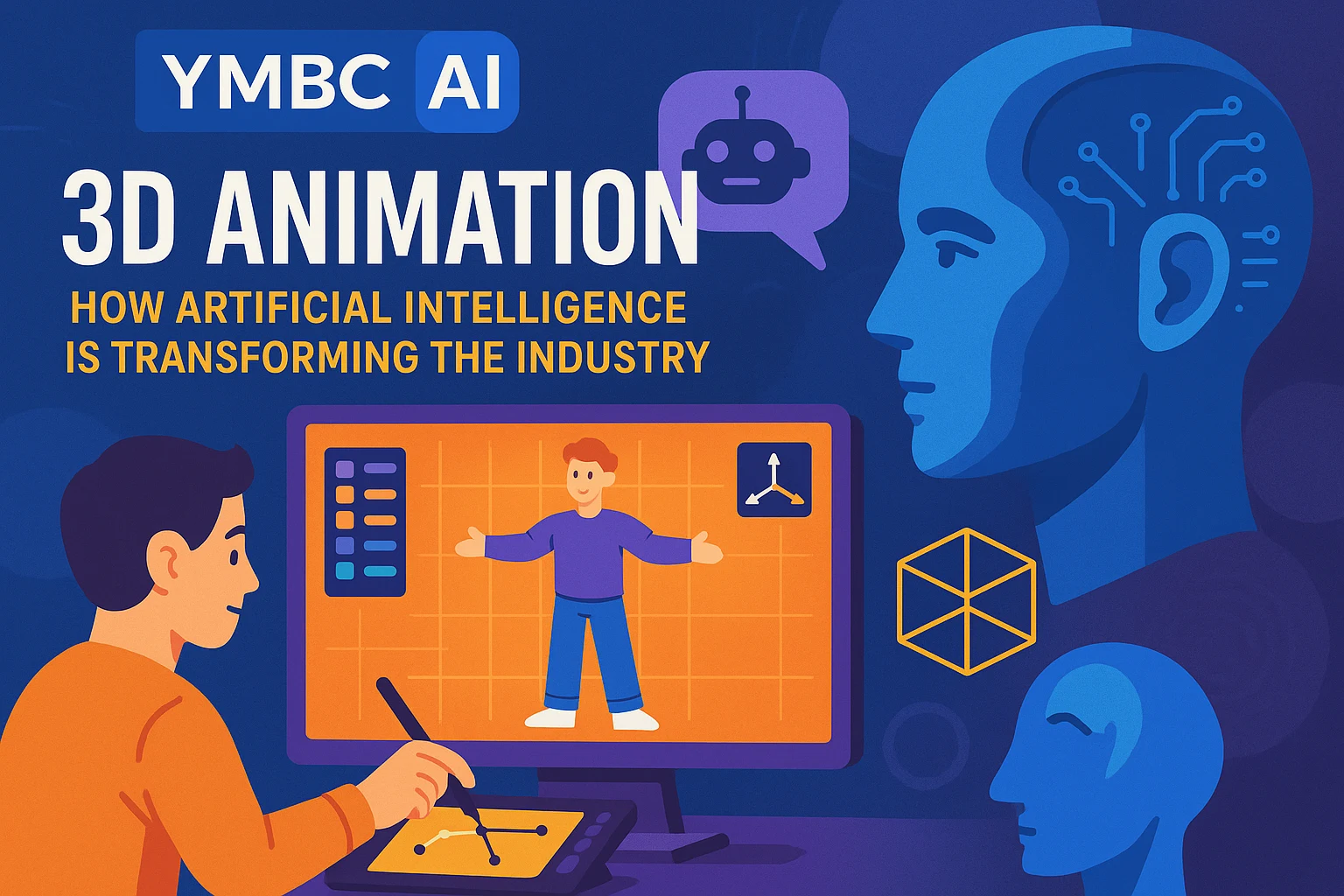
September 19, 2025
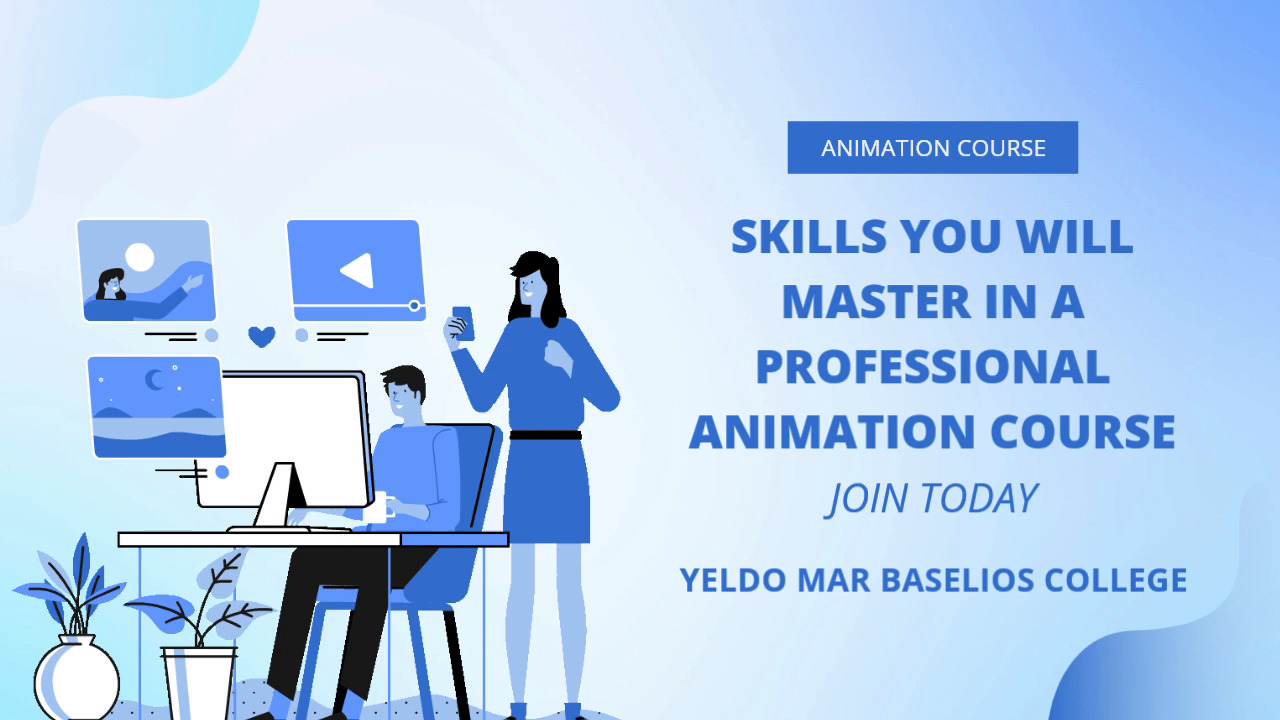
August 22, 2025
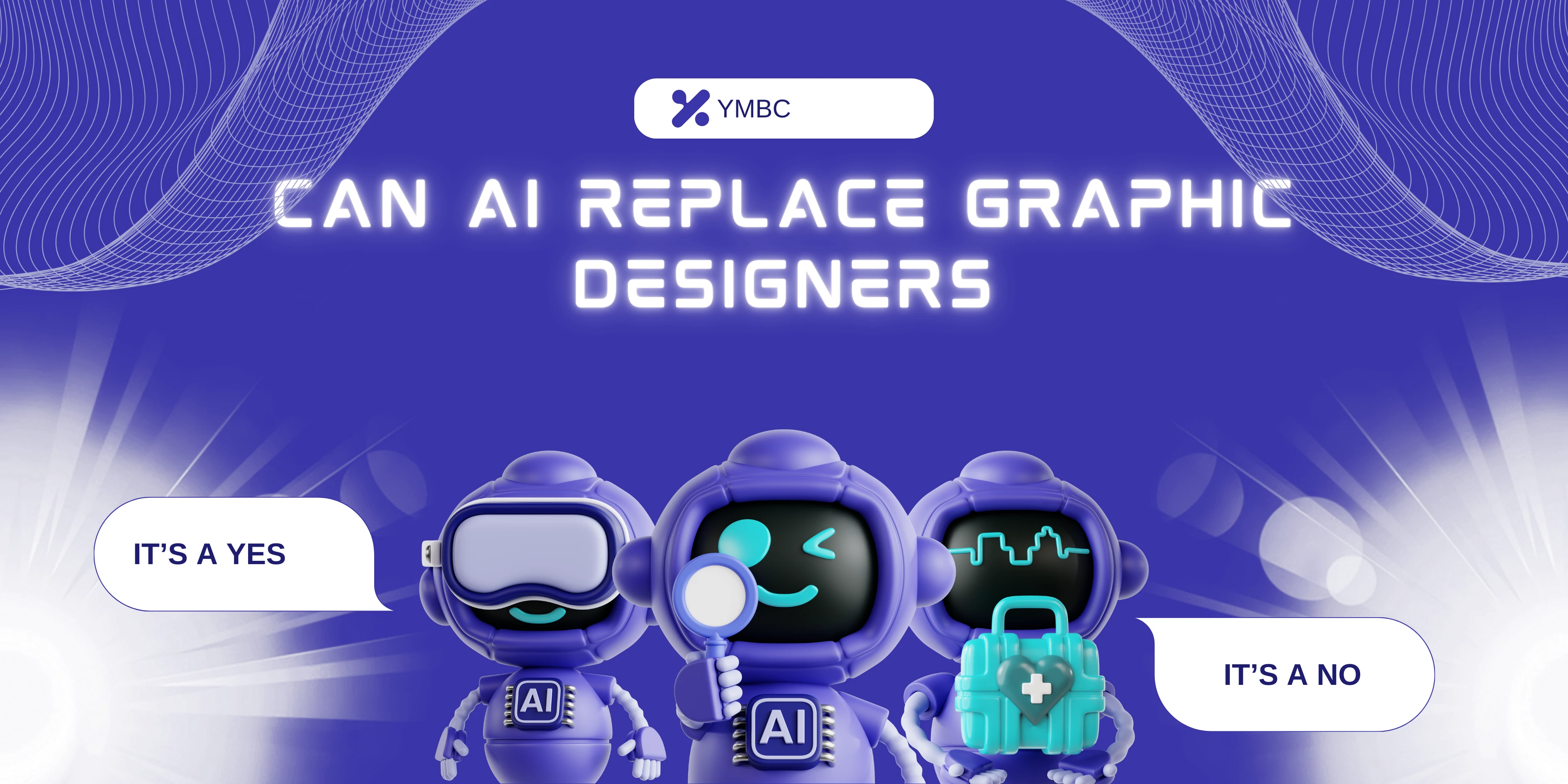
August 22, 2025

August 22, 2025
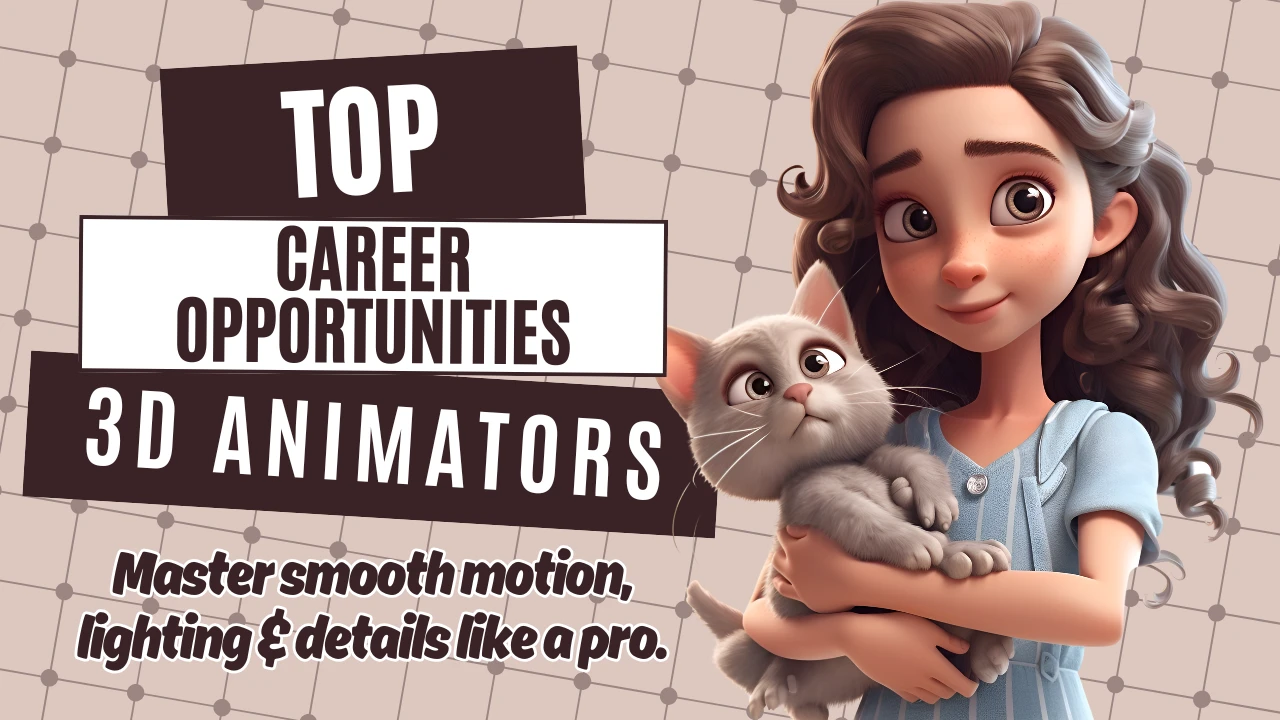
August 21, 2025

July 25, 2025
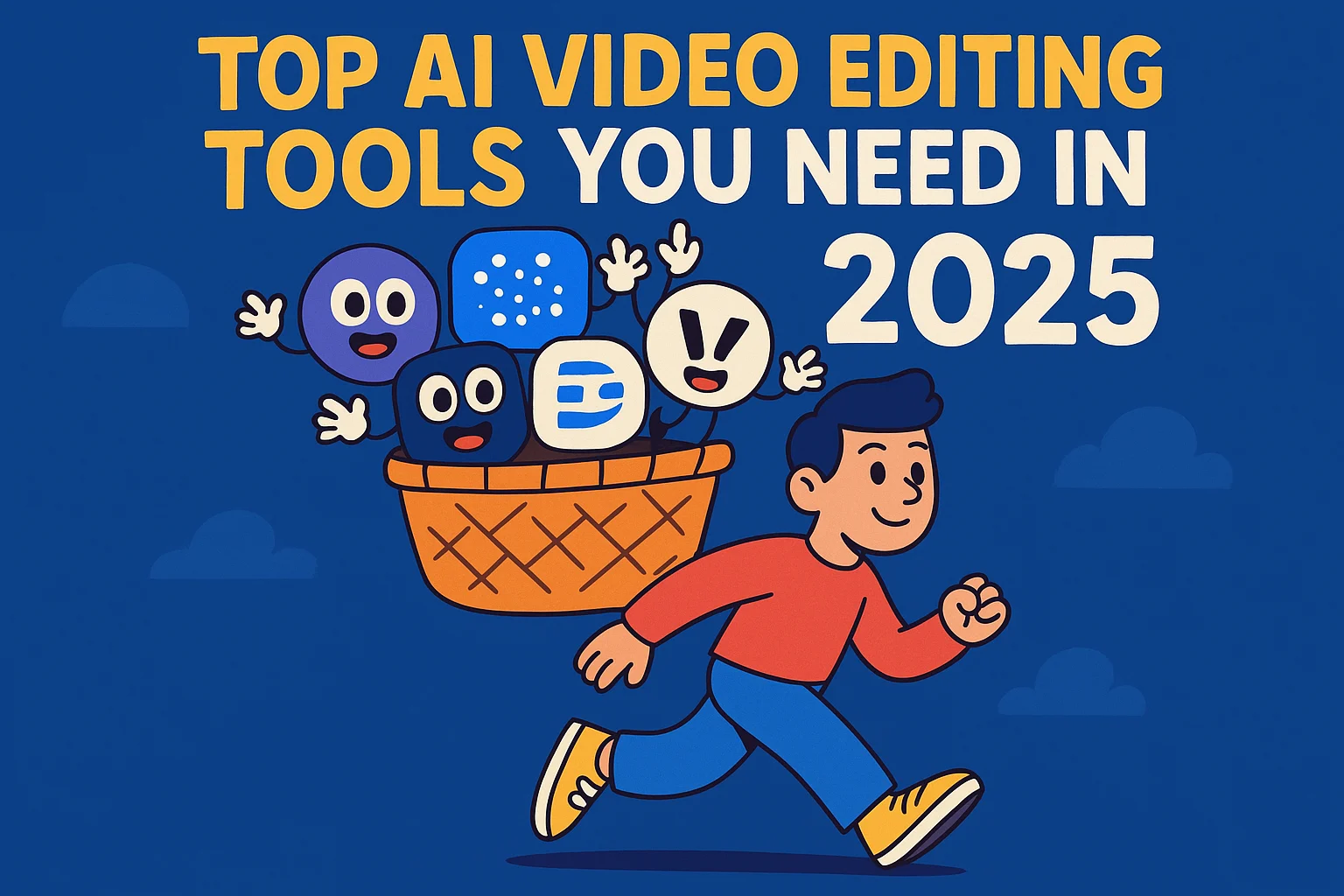
July 25, 2025
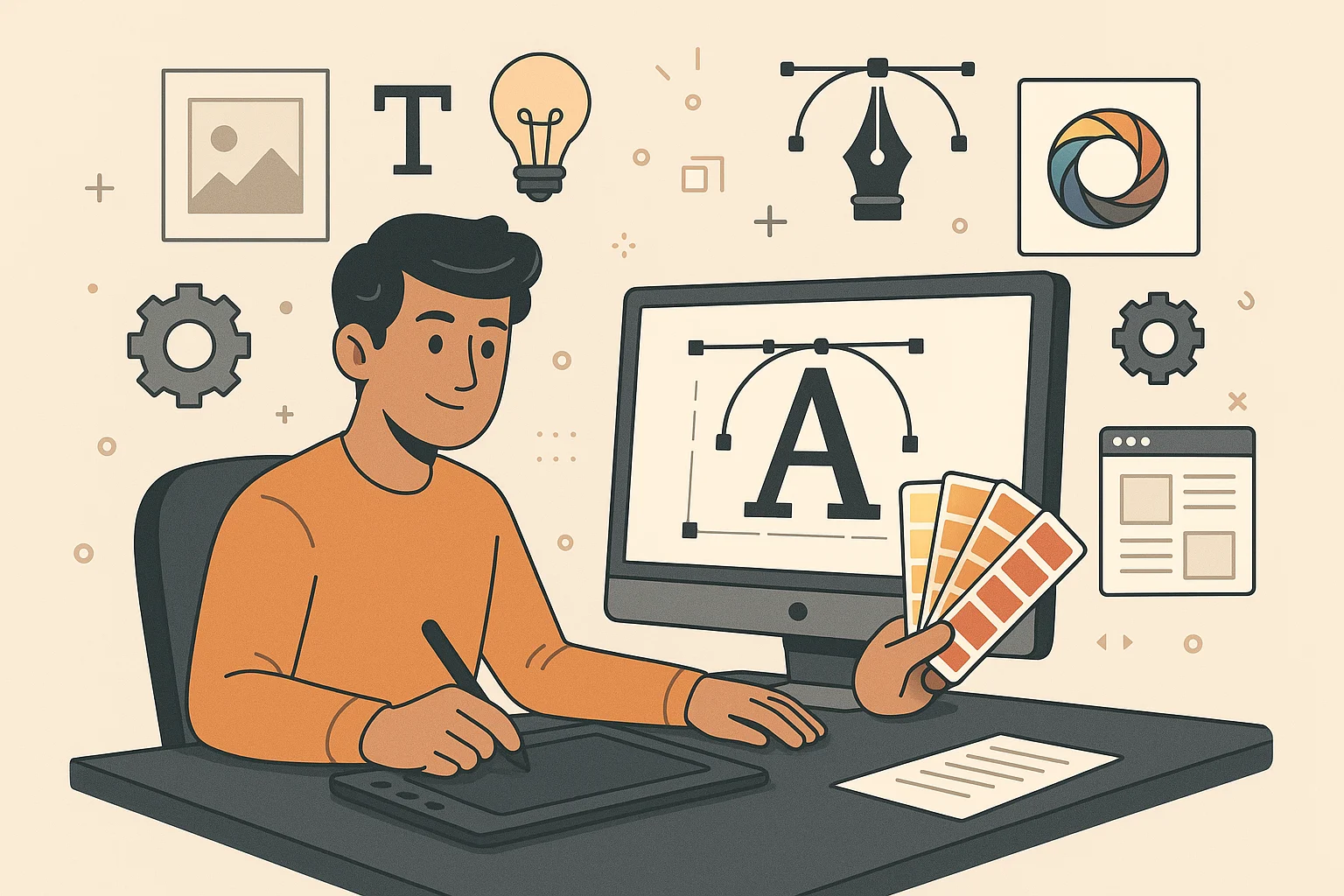
July 24, 2025
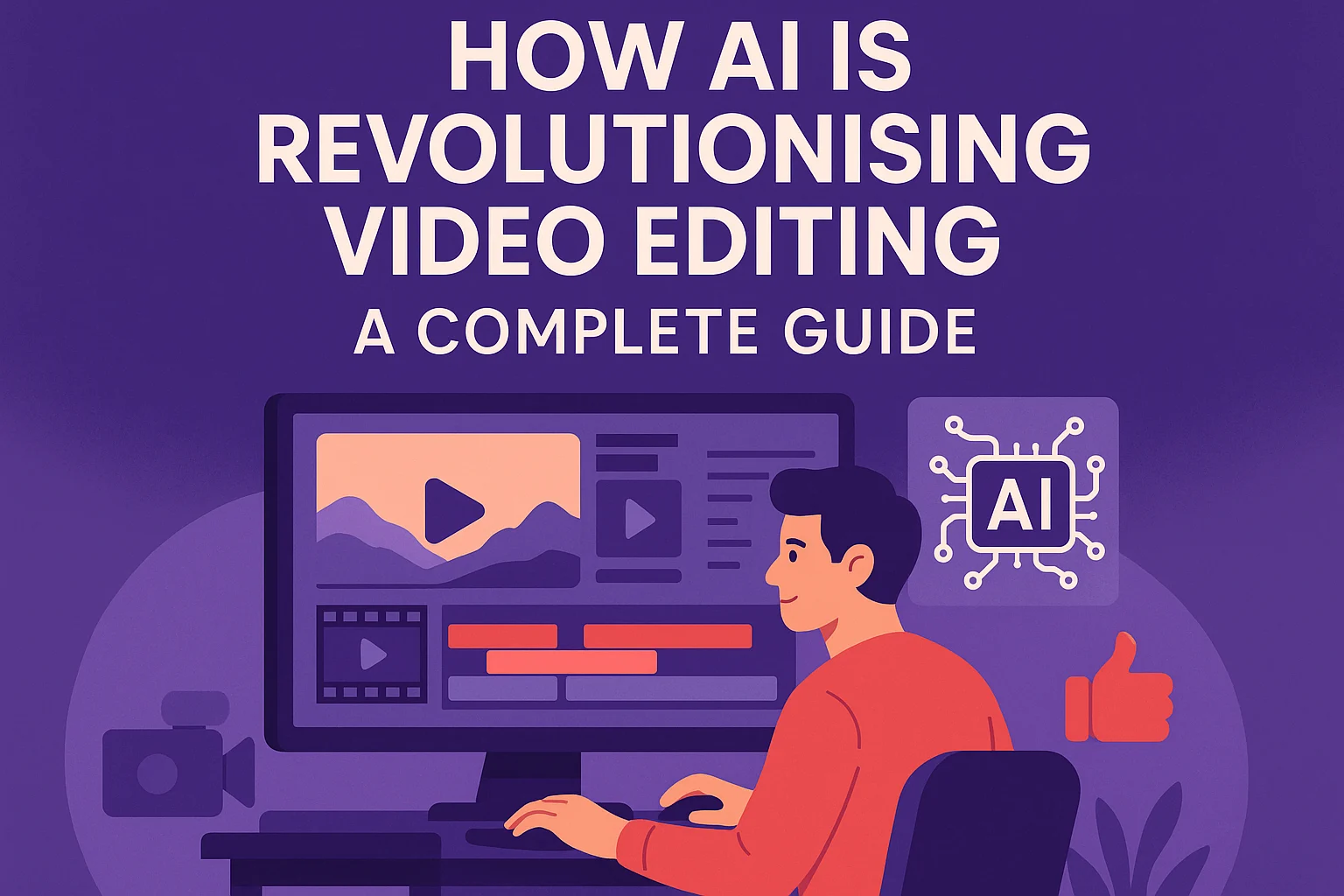
July 21, 2025
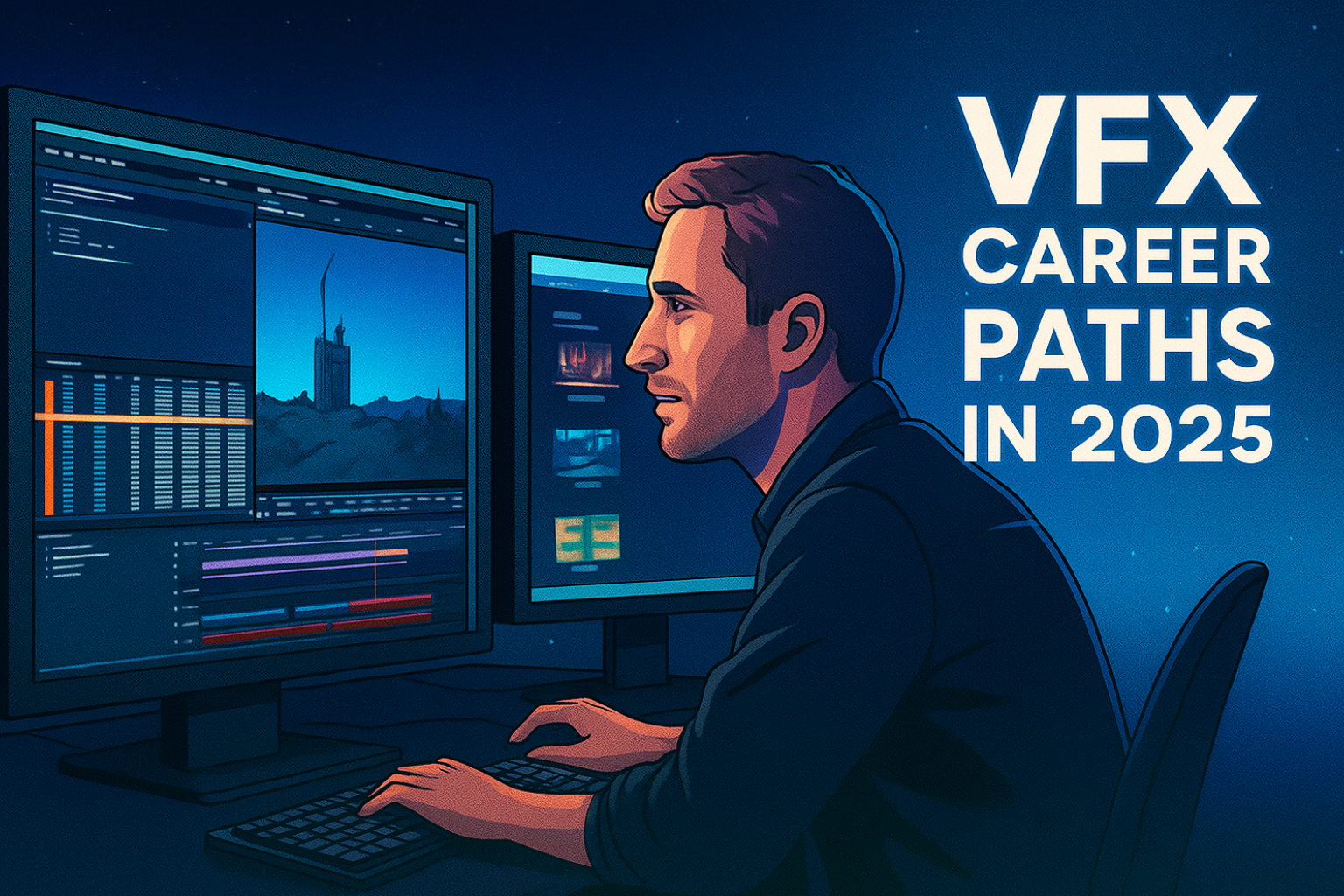
June 30, 2025
June 30, 2025
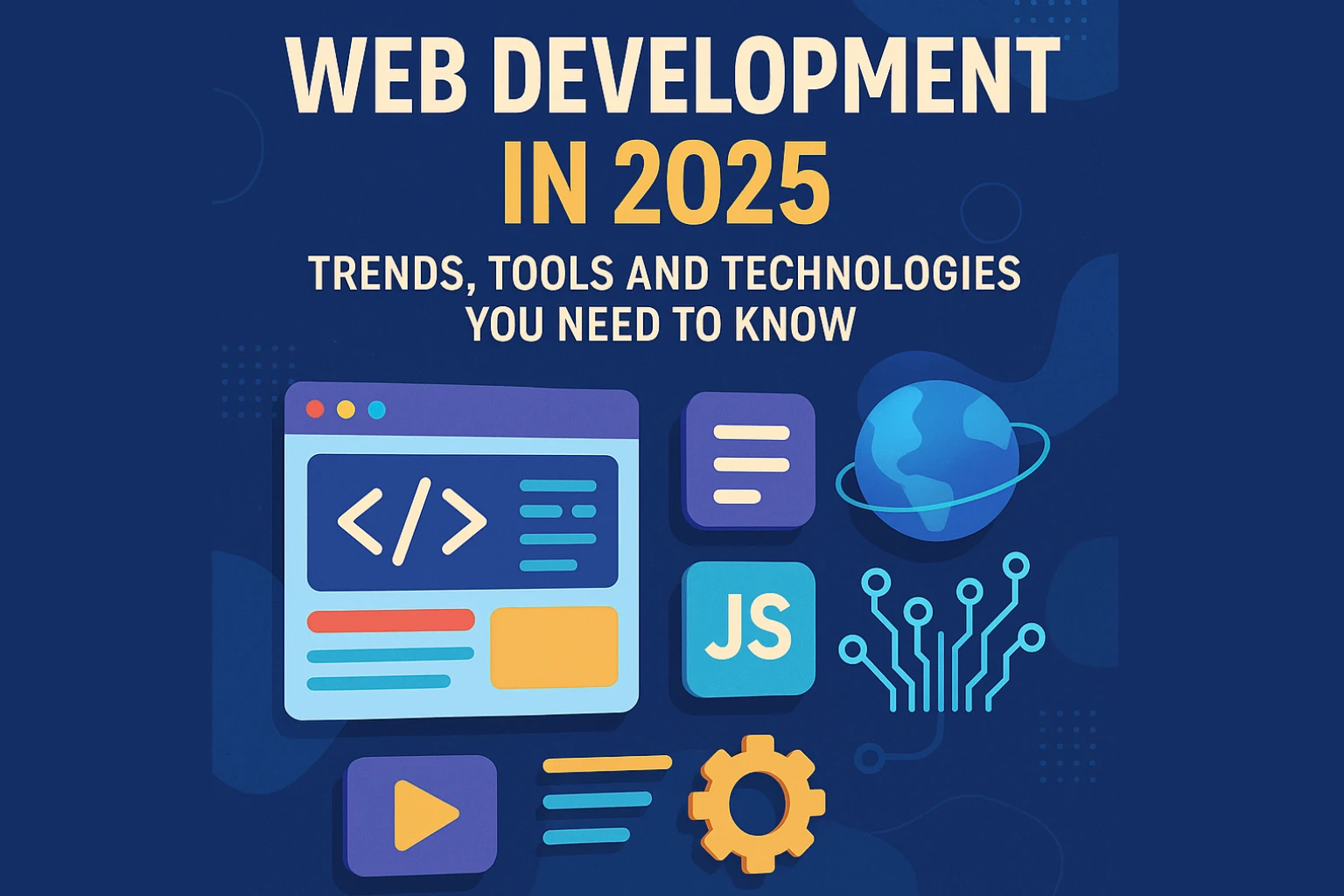
June 30, 2025
June 30, 2025